Chart Of The Day: Compact CUVs In September And YTD
Though the Compact CUV segment continues to add volume, its starting to become one of the older segments, as models like Escape, Rogue, CR-V and RAV4 approach the ends of their life cycles. And yet only one of those competitors, the Toyota RAV4, has fallen off sharply. The Equinox seems to have permanently passed the Toyota model in the YTD race, and the Rogue could end up passing it as well before the year is over. Meanwhile, as we start looking ahead to the new look of this segment, there will be some divergence between the top two models that bears keeping an eye on. The Escape, long a cheap-n-rugged entry in this segment will be replaced with a more premium, European-style global crossover (see the Vertrek concept), while Honda is taking a more conservative approach, adding room but keeping the vehicle’s basic image intact. It should be interesting how those changes affect the top of this segment going forward…
More by Edward Niedermeyer
Latest Car Reviews
Read moreLatest Product Reviews
Read moreRecent Comments
- Tassos No, because I am not one of these idiot fanatics who buy a new model in its first year of production, bugs and all (not to mention they usually are charged a stiff premium over MSRP from their greedy Dealer-Stealer)
- HotPotato The Ariya's trim levels are so confusing that they should also hire a navigator to walk the customer through how to get the car they want. Or an online configurator where you check off the things you want and it leads you to whichever obscure version offers them (if GM can do it, why can't Nissan?). God help you if you have a simple request like "I just want the tan cloth interior and Bose, which model offers that?" The website can't help you and neither can the dealer; they're as confounded by the whole Ariya array as you are.
- Tassos So Tim believes that if you steal an item (here, CONDOMINIUM ASSOCIATION ELECTRICITY) priced less than a certain amount, you should be allowed to do so with no consequences. He is lucky some litigious Condo Board member did not SUE HIM. I bet they wanted to, but knowing he is destitute, their lawyer discouraged them from doing so.
- HotPotato Yup. I bought a 2013 Ford C-Max new. It was quiet, quick for a hybrid, economical, had a cavernous and well-finished interior with fold-flat seats for dogs, and rode and handled with the sophistication of a fine European sedan. Never mind that it was new to the US, it had been on sale for years in Europe so surely they had it right by now, no? No. There was the twice-annual dead battery (took them three years worth of TSBs to figure that out), the multiple safety and functionality recalls, the dysfunctional infotainment, the MPG scandal (twice), the front suspension that bottomed out on the gentlest dips, the transmission that failed due to a known defect, and by 30k miles the car had the torsional rigidity of a wet dishrag. This, I later learned, may have had to do with failed A-pillar welds, something they didn't bother informing owners about. All this probably had something to do with it losing 80% of its value by the time I traded it in a few years later...a value so low even the used-car lowball specialist went back to double-check it. I loved the car despite its many flaws but gawd, never again a first-year Ford.
- Bd2 Ultimately, it comes down to price/whether it makes financial sense for buyers (right now, BEVs just aren't there, even with the tax credit). HEVs are finally seeing their place in the sun, decades after being a niche market; this is due to premium for HEVs having narrowed significantly with pure ICE, whereby buyers can recoup that after 2-3 years of ownership.



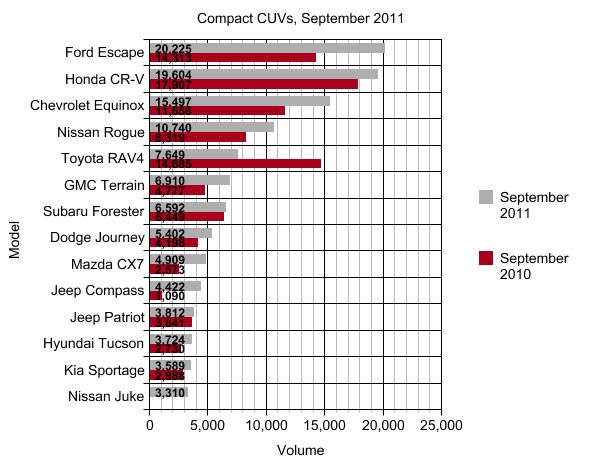

















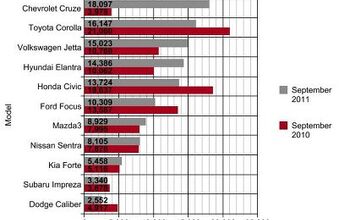

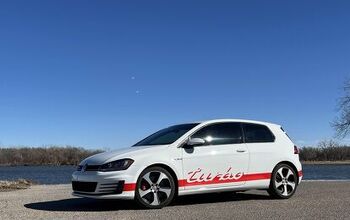
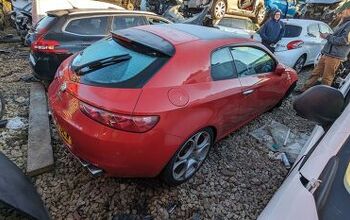

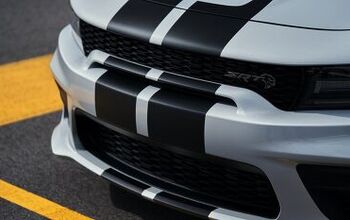
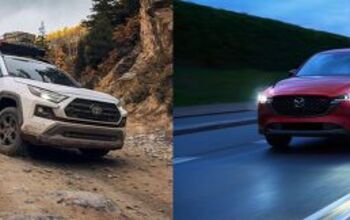
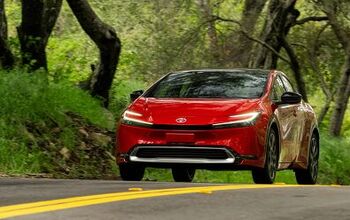

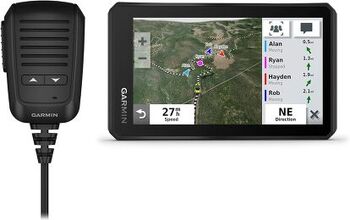




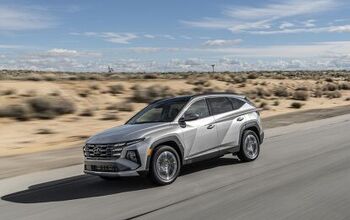
Comments
Join the conversation
@klossfam Your Tiguan is in the ‘none of the above’ category because the number sold in Sept. was only about half that of the bottom-ranked Juke. I like the Tiguan myself and would consider buying one if it were offered with a TDI engine and manual transmission. I can't understand why VW doesn't bring the diesel version to the U.S. -- I'm sure it would bump up Tiguan sales significantly. TDIs have accounted for over 40% of VW's total U.S. sales YTD, and for vehicles offering the TDI option, the diesel take-rate is as high as 80%!
Count me among those worried about the next-gen Kuga/Escape. Ford is ditching the two biggest things the current Escape has going for it: Boxy look; Rugged hybrid version. Already, we're seeing the "kinetic" Focus and Fiesta arguably under-perform in the face of slightly more traditional Chevy an Nissan offerings. I wouldn't be surprised to see Escape sales next year being half of what they are now.